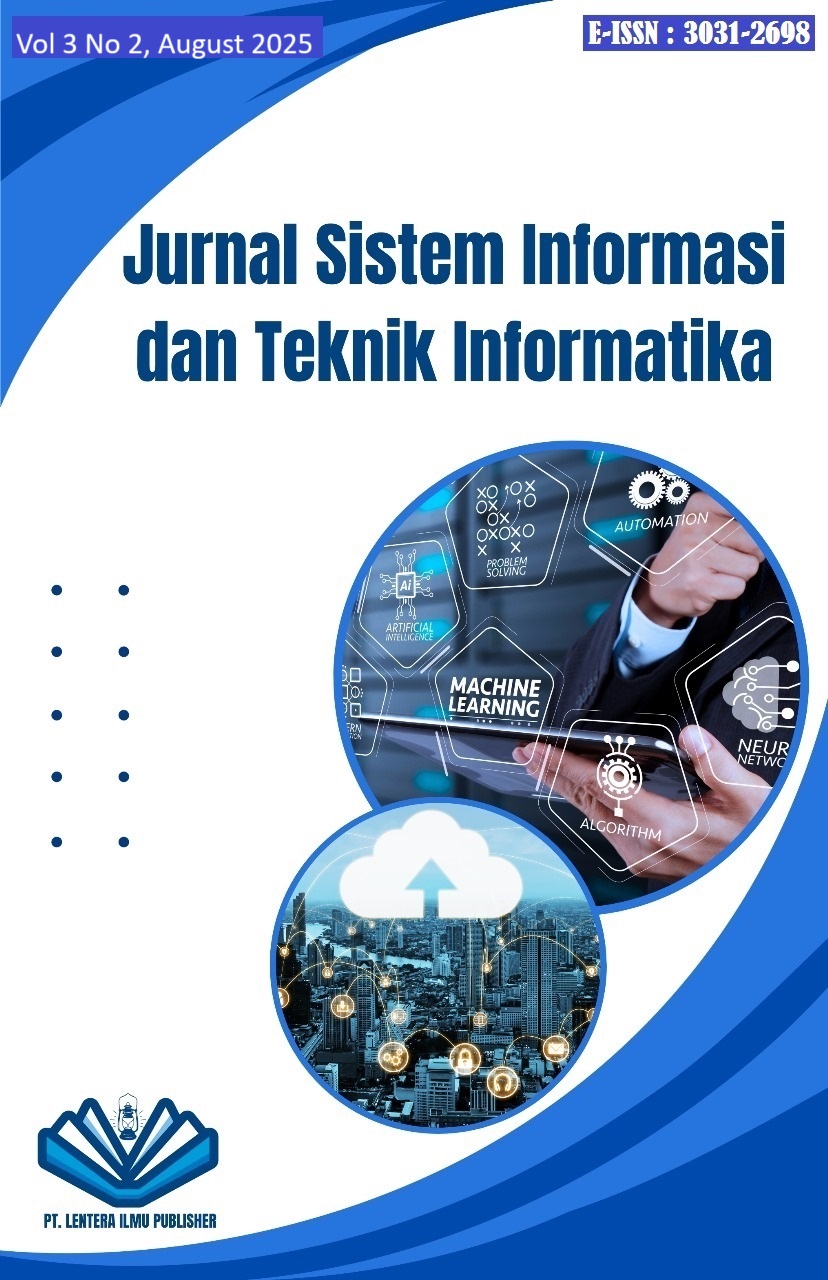Bridging Educational Inequalities with Future AI in Advancing SDG 4
DOI:
https://doi.org/10.70356/jafotik.v3i2.82Keywords:
Artificial Intelligence, Educational Inequality, Sustainable Development Goal 4Abstract
Educational inequality remains a persistent challenge in many developing contexts, where limited resources, large class sizes, and high dropout rates prevent students from achieving their full potential. This study aims to explore how future applications of Artificial Intelligence (AI) can bridge these gaps and support the achievement of Sustainable Development Goal 4 (SDG 4) on quality education. The research adopts a mixed-methods approach, combining case study analysis of AI-driven initiatives with scenario-based calculations of potential benefits in time, cost, and student reach. By examining areas such as AI tutoring, automated grading, predictive dropout interventions, and personalized learning, the study highlights both the opportunities and limitations of AI in education. The contribution of this work lies in proposing a practical framework that illustrates how AI can reduce disparities, optimize resource use, and enhance inclusivity, ultimately offering a pathway toward more equitable and sustainable education systems.
Downloads
References
W. Wiboolyasarin, K. Wiboolyasarin, P. Tiranant, N. Jinowat, and P. Boonyakitanont, “AI-driven chatbots in second language education: A systematic review of their efficacy and pedagogical implications,” Ampersand, vol. 14, no. May, 2025, doi: https://doi.org/10.1016/j.amper.2025.100224.
A. Abulibdeh, “A systematic and bibliometric review of artificial intelligence in sustainable education: Current trends and future research directions,” Sustain. Futur., vol. 10, no. July, p. 101033, 2025, doi: https://doi.org/10.1016/j.sftr.2025.101033.
U. Muawanah, A. Marini, and I. Sarifah, “The interconnection between digital literacy, artificial intelligence, and the use of E-learning applications in enhancing the sustainability of Regional Languages: Evidence from Indonesia,” Soc. Sci. Humanit. Open, vol. 10, no. October, 2024, doi: https://doi.org/10.1016/j.ssaho.2024.101169.
J. Huang et al., “Foundation models and intelligent decision-making: Progress, challenges, and perspectives,” Innovation, vol. 6, no. 6, 2025, doi: https://doi.org/10.1016/j.xinn.2025.100948.
T. Boulhrir and M. Hamash, “Unpacking artificial intelligence in elementary education: A comprehensive thematic analysis systematic review,” Comput. Educ. Artif. Intell., vol. 9, no. June, p. 100442, 2025, doi: https://doi.org/10.1016/j.caeai.2025.100442.
L. Ying, S. Hu, D. J. Yeo, and K. Hao, “Computers and Education : Artificial Intelligence Artificial intelligence-enabled adaptive learning platforms : A review,” Comput. Educ. Artif. Intell., vol. 9, no. April, p. 100429, 2025, doi: https://doi.org/10.1016/j.caeai.2025.100429.
A. Bin Rashid and A. K. Kausik, “AI revolutionizing industries worldwide : A comprehensive overview of its diverse applications,” Hybrid Adv., vol. 7, no. August, p. 100277, 2024, doi: https://doi.org/10.1016/j.hybadv.2024.100277.
H. Wei et al., “Concise review AI-Powered Problem- and Case-based Learning in Medical and Dental Education : A Systematic Review and Meta-analysis,” Int. Dent. J., vol. 75, no. 4, p. 100858, 2025, doi: https://doi.org/10.1016/j.identj.2025.100858.
G. D. De Siano, A. R. Fasolino, G. Sperlí, and A. Vignali, “Translating code with Large Language Models and human-in-the-loop feedback,” Inf. Softw. Technol., vol. 186, no. April, p. 107785, 2025, doi: https://doi.org/10.1016/j.infsof.2025.107785.
[1] R. Li, K. Liu, and A. K. F. Cheung, “Exploring the impact of intermodal transfer on simpli fi cation : Insights from signed language interpreting , subtitle translation , and native speech in TED talks,” Lang. Commun., vol. 110, p. 101726, 2025, doi: https://doi.org/10.1016/j.langsci.2025.101726.
X. Zhao, A. Cox, and X. Chen, “The use of generative AI by students with disabilities in higher education,” Internet High. Educ., vol. 66, no. February, p. 101014, 2025, doi: https://doi.org/10.1016/j.iheduc.2025.101014.
T. Makkonen and T. Inkinen, “Inclusive smart cities ? Technology-driven urban development and disabilities,” Cities, vol. 154, no. August, p. 105334, 2024, doi: https://doi.org/10.1016/j.cities.2024.105334.
M. Simmonds-buckley et al., “The acceptability of cognitive analytic therapy ( CAT ): Meta-analysis and benchmarking of treatment refusal and treatment dropout rates,” Clin. Psychol. Rev., vol. 96, no. July, p. 102187, 2022, doi: https://doi.org/10.1016/j.cpr.2022.102187.
A. Padovano and M. Cardamone, “Computers and Education : Artificial Intelligence Towards human-AI collaboration in the competency-based curriculum development process : The case of industrial engineering and management education,” Comput. Educ. Artif. Intell., vol. 7, no. June, p. 100256, 2024, doi: https://doi.org/10.1016/j.caeai.2024.100256.
G. Doherty, C. Hughes, J. Mcconnell, R. Bond, L. Mclaughlin, and S. Mcfadden, “Radiography Integrating AI into medical imaging curricula : Insights from UK HEIs,” Radiography, vol. 31, no. 3, p. 102957, 2025, doi: https://doi.org/10.1016/j.radi.2025.102957.
Downloads
Published
How to Cite
Issue
Section
License
Copyright (c) 2025 Ican Anwar

This work is licensed under a Creative Commons Attribution-ShareAlike 4.0 International License.










